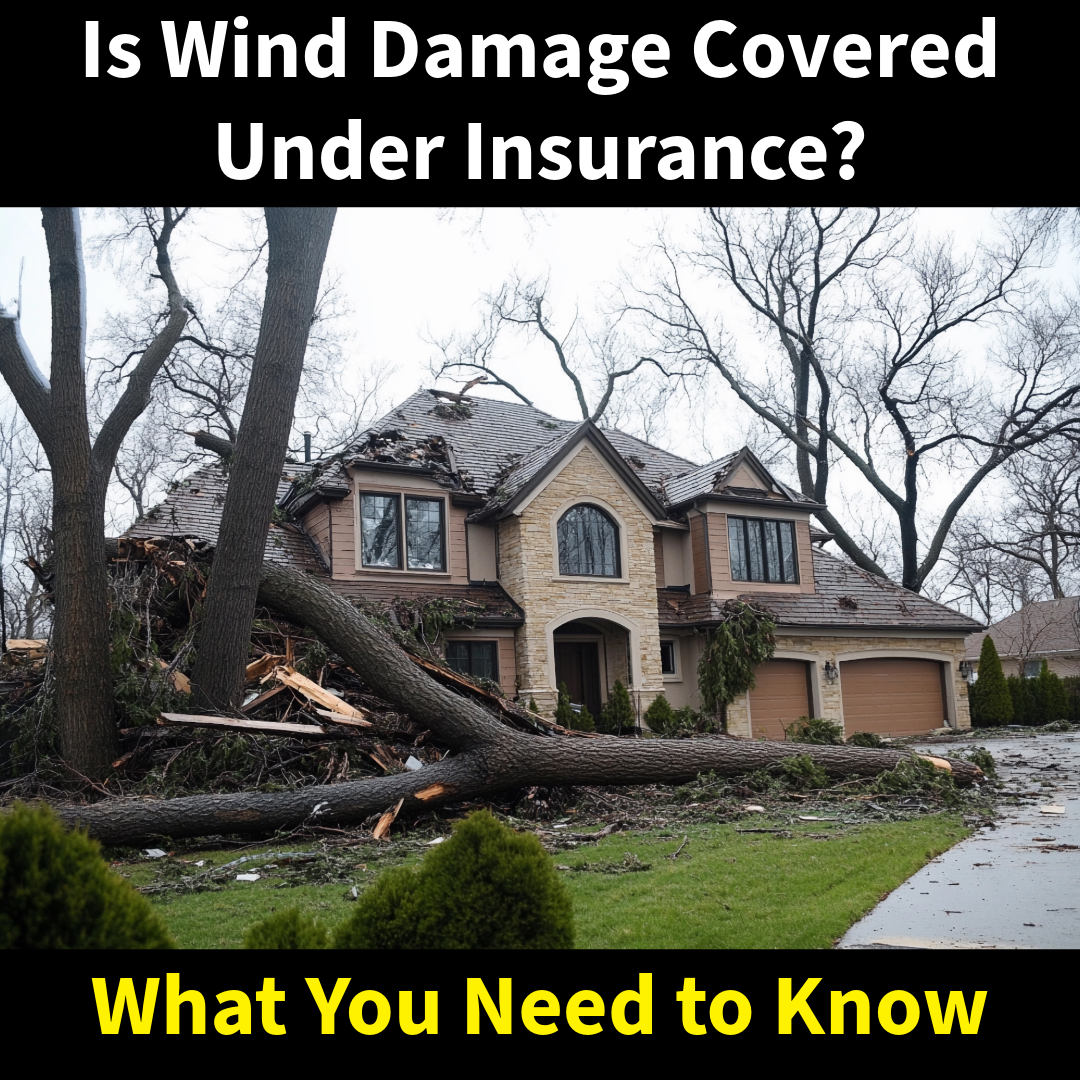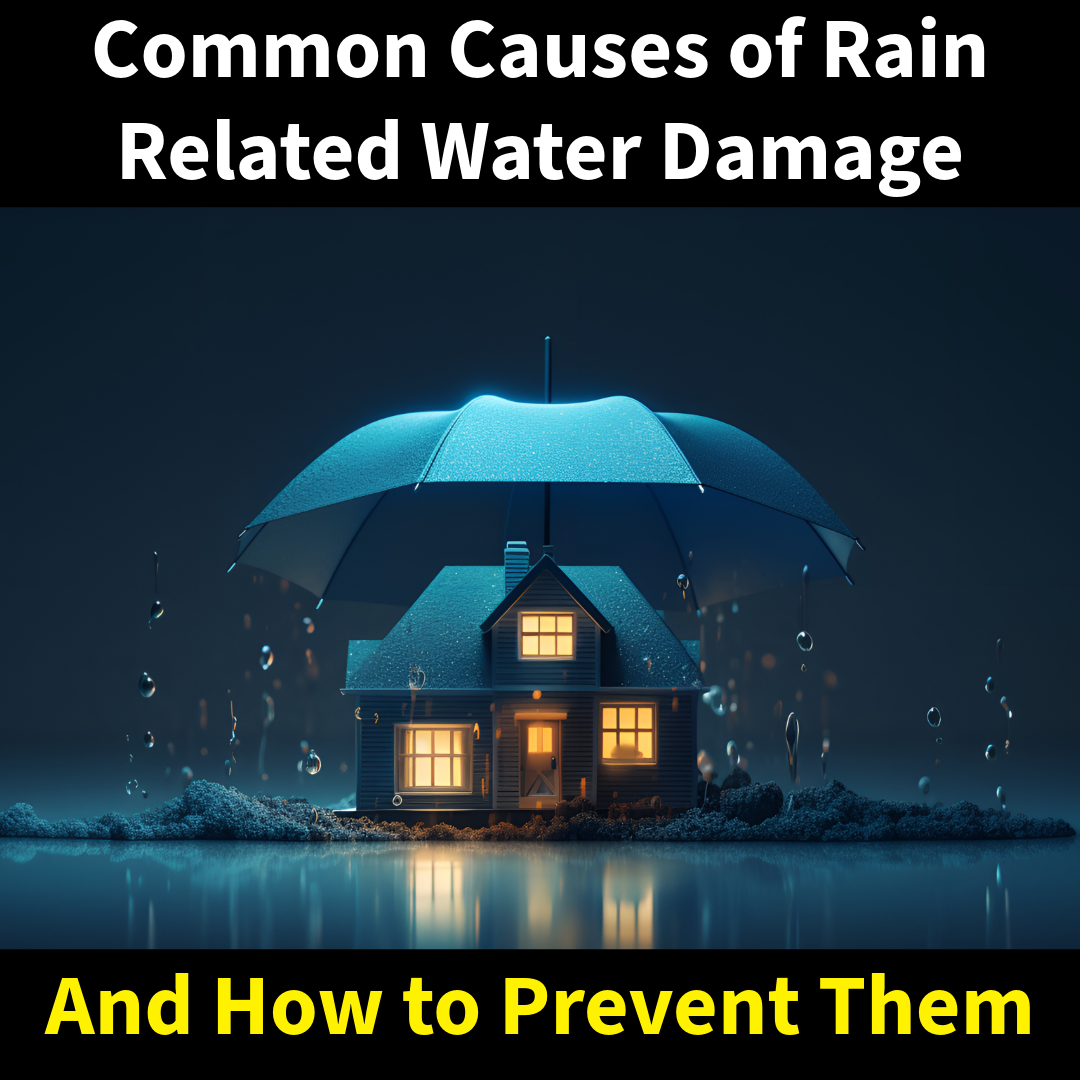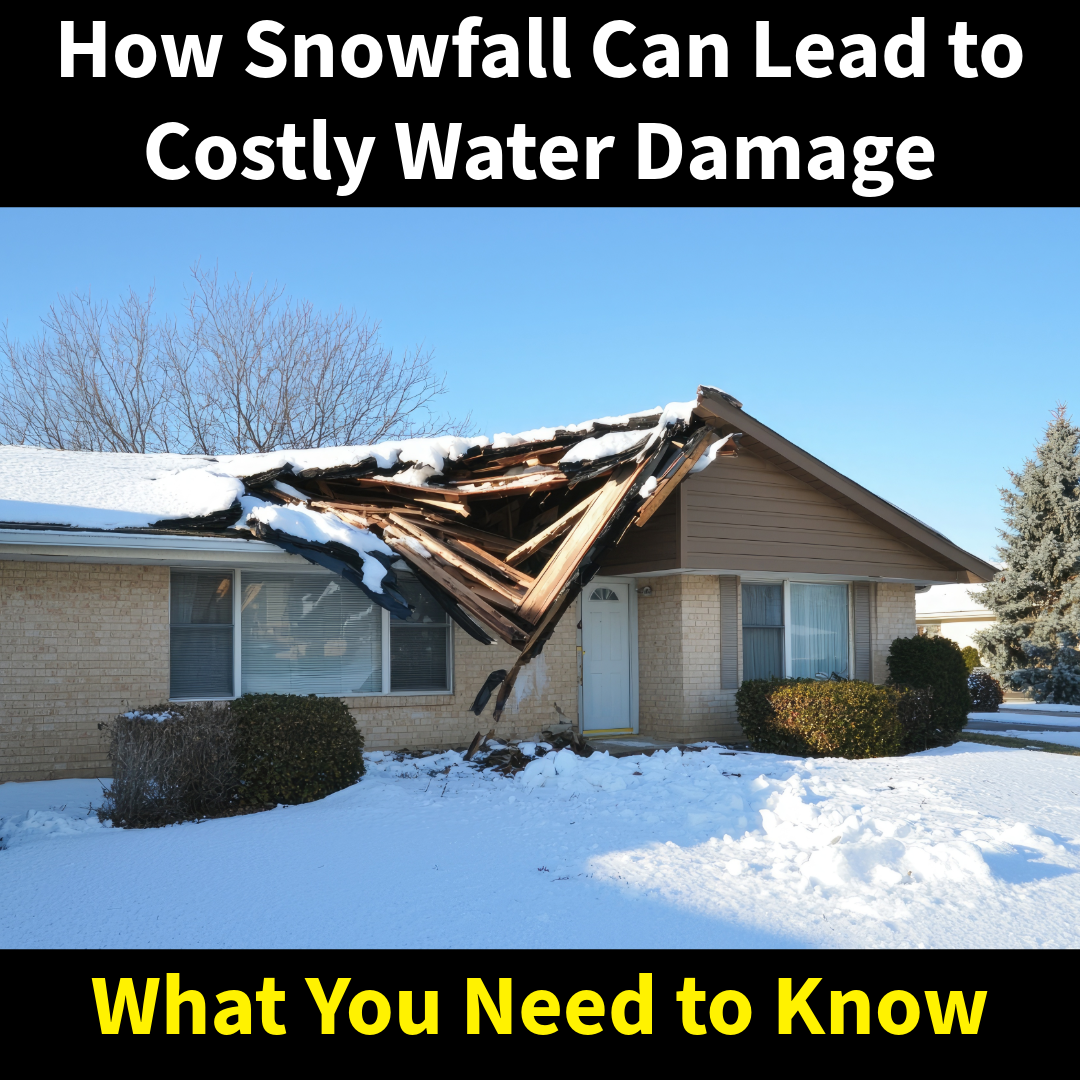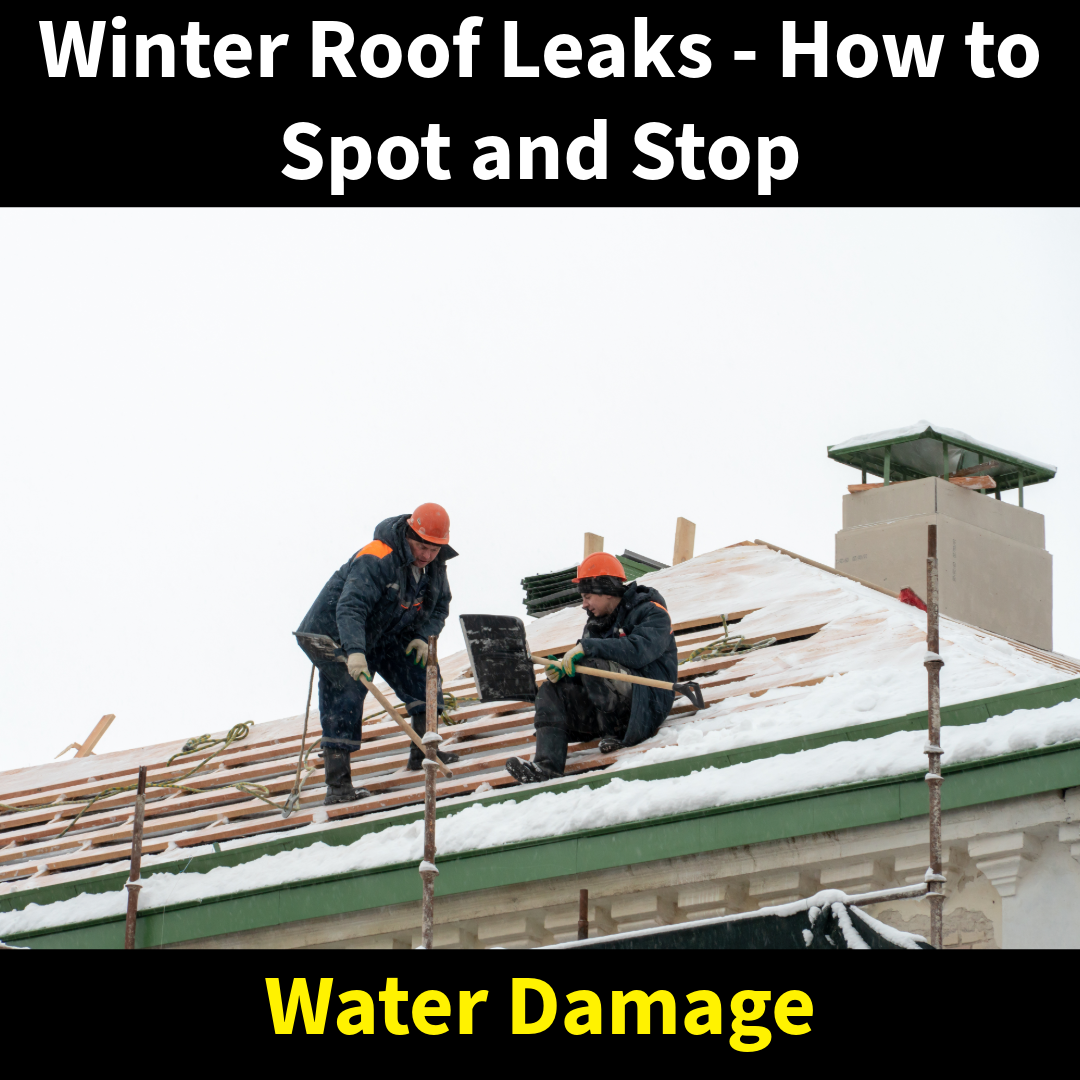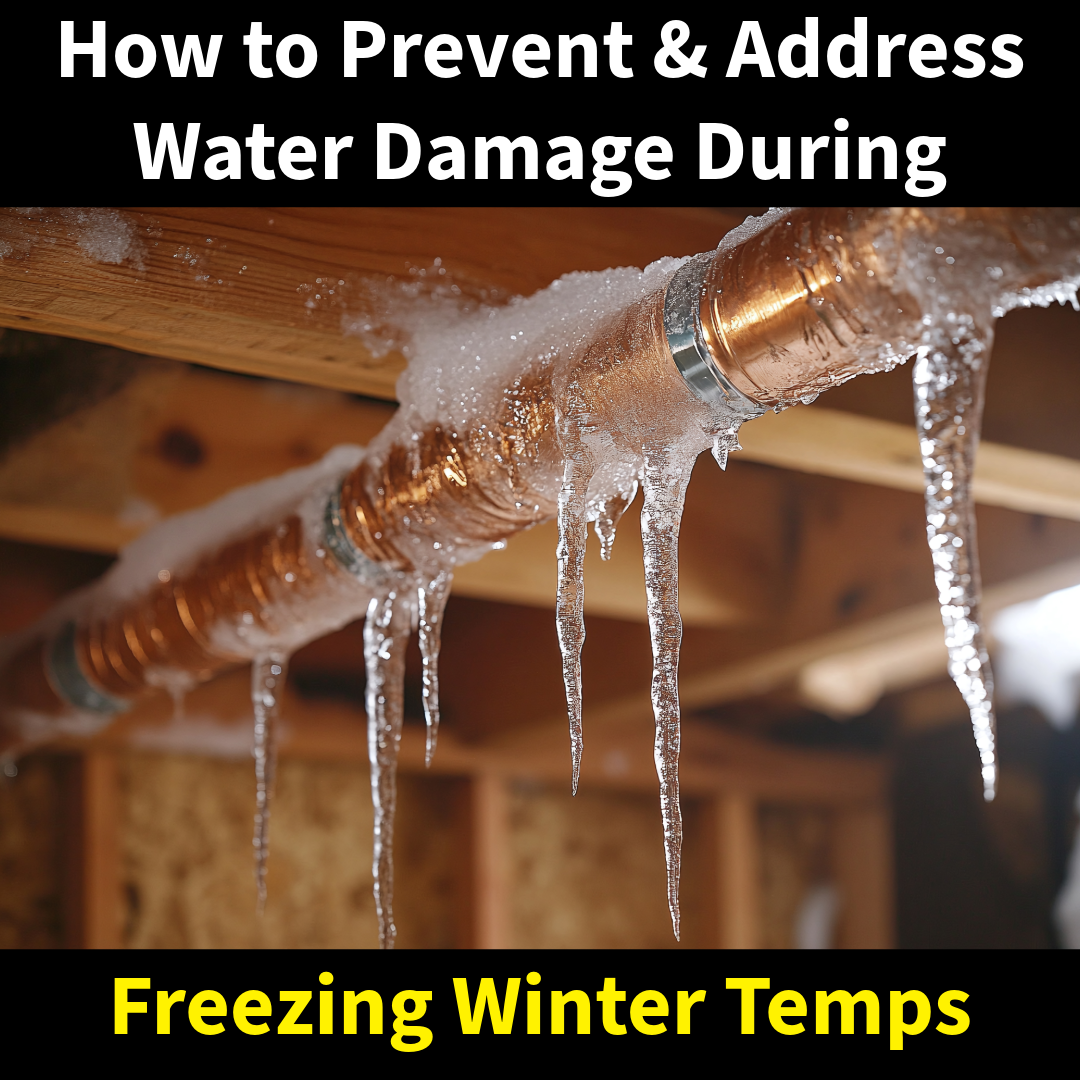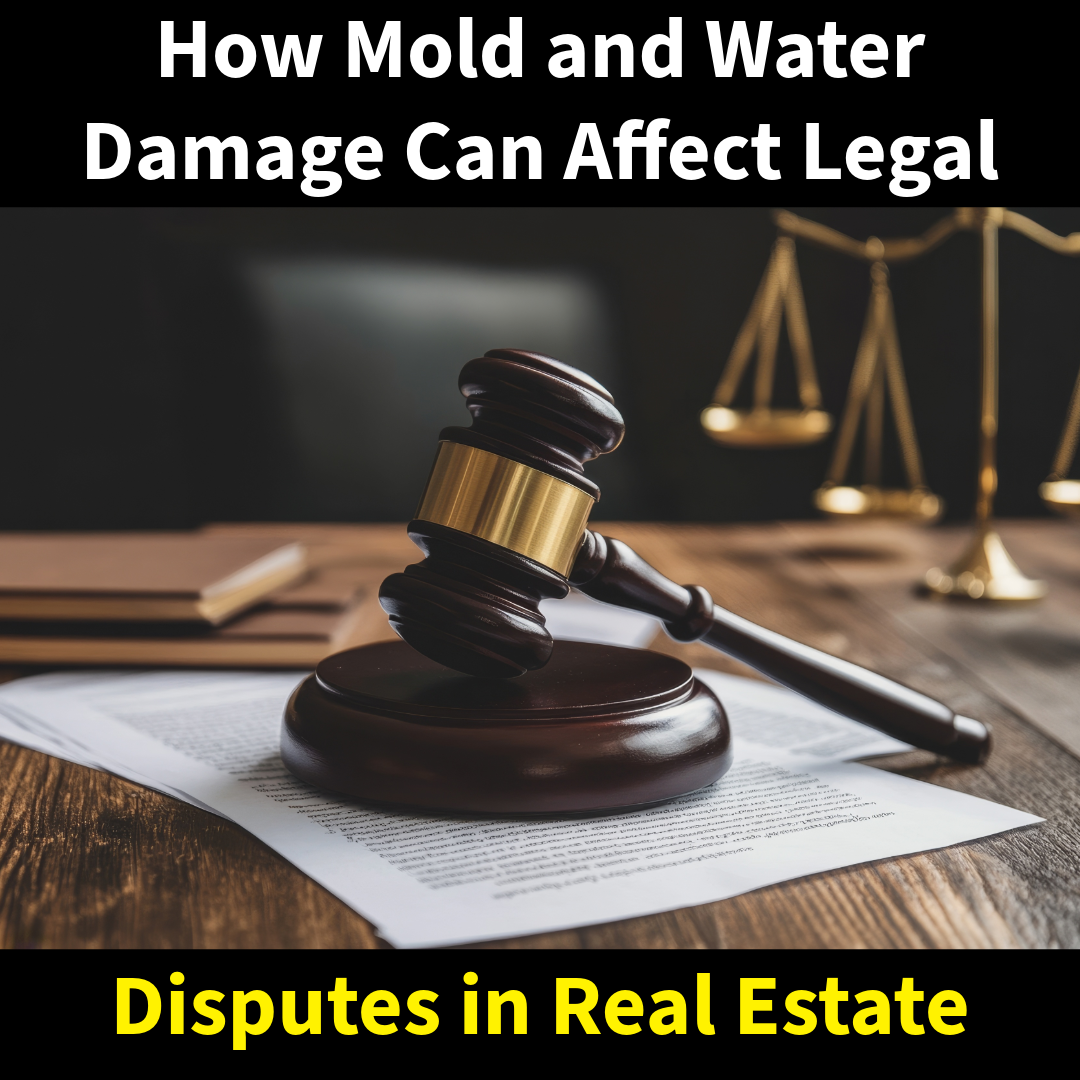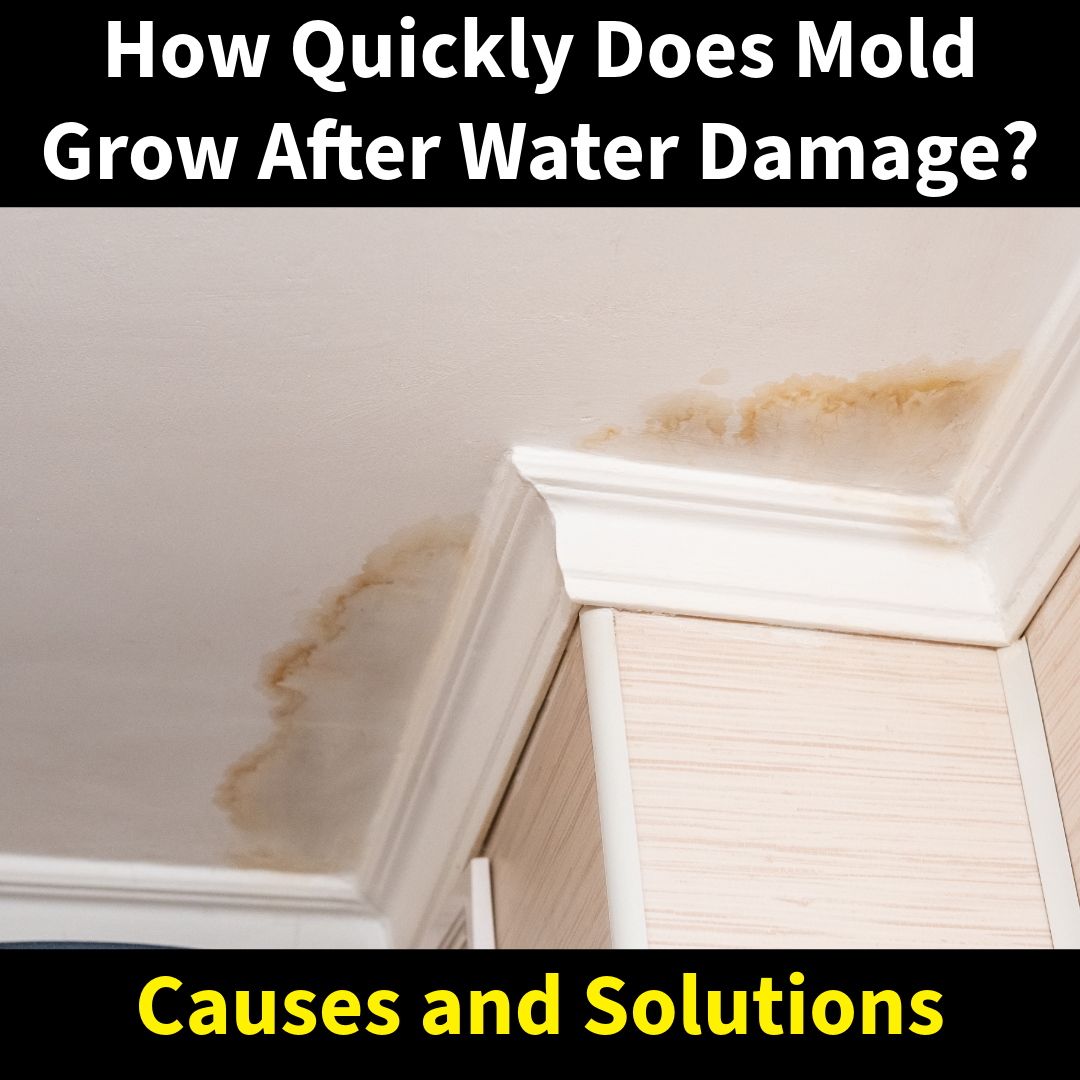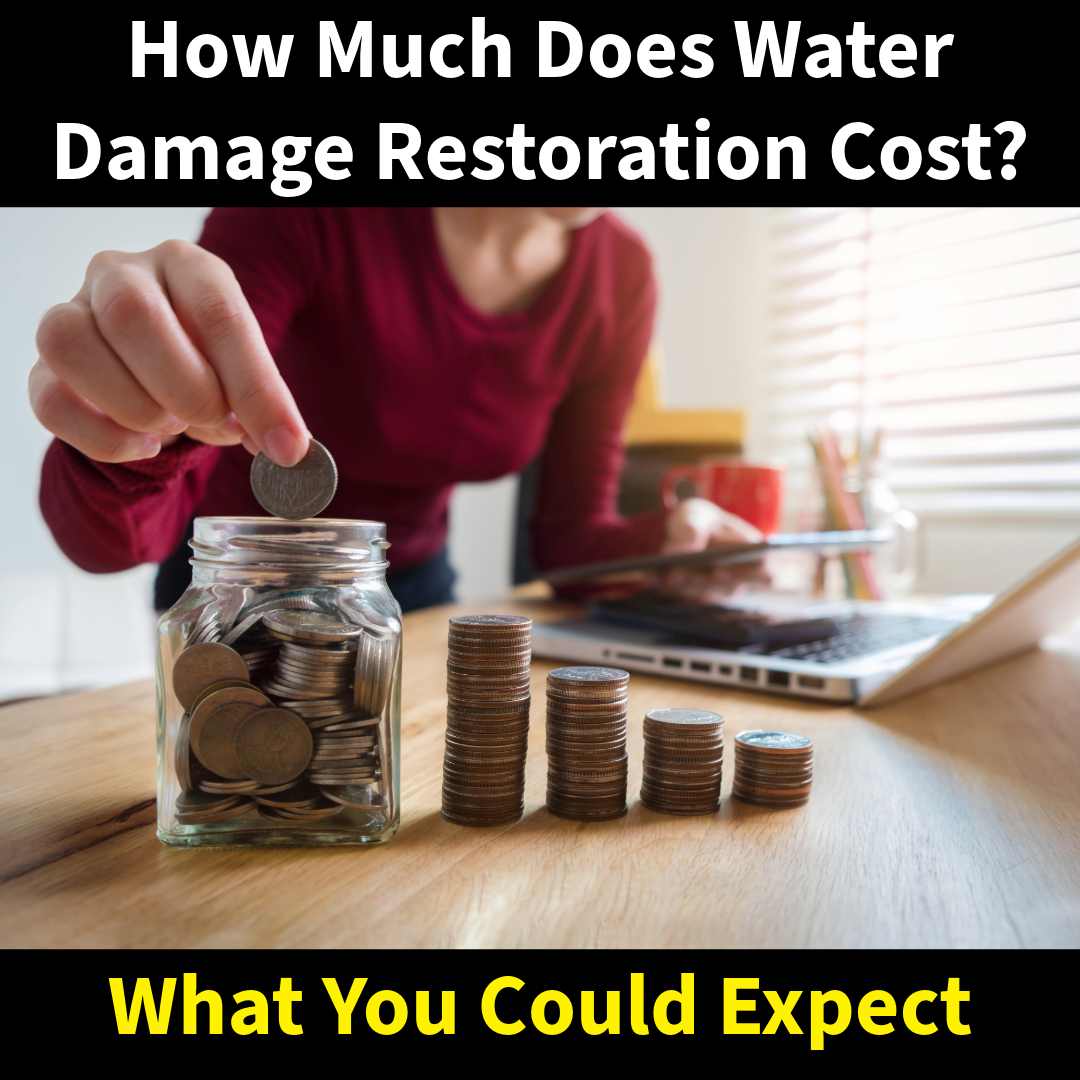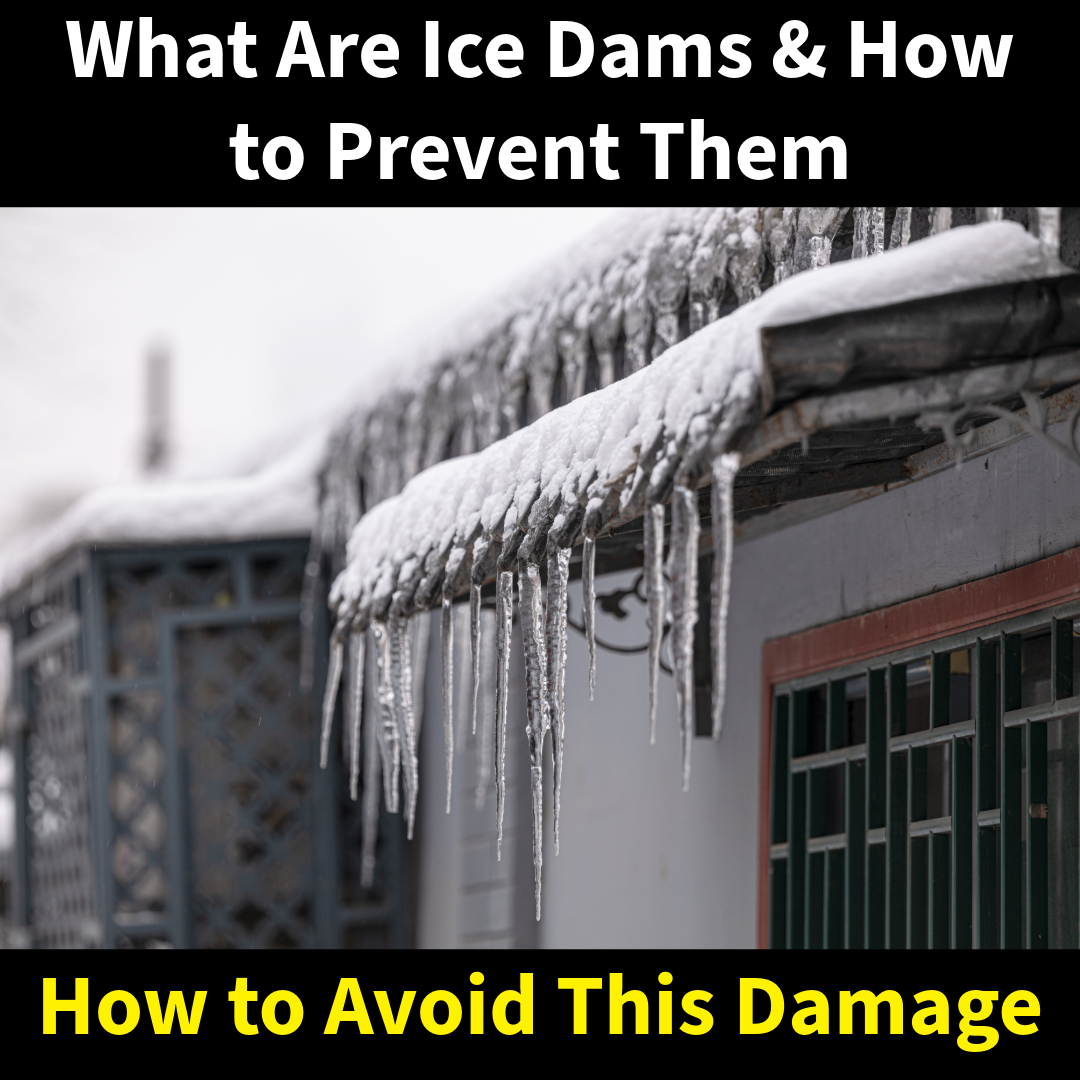When strong winds sweep through an area, they can leave a trail of destruction, from torn-off shingles and broken windows to fallen trees and structural damage. If you’re dealing with the aftermath of a windstorm, one of your first questions may be: Is wind damage covered under insurance? The answer depends on your specific policy, but in many cases, homeowners’ insurance does cover wind-related damage. However, complications arise when wind damage leads to other issues—especially water damage.
What Does Homeowners Insurance Typically Cover?
Most standard homeowners’ insurance policies do cover wind damage, particularly from storms, hurricanes, and tornadoes. This usually includes:
- Roof damage from high winds
- Broken windows and structural harm caused by flying debris
- Damage from fallen trees or branches
- Siding, fencing, or exterior damage
However, coverage can vary based on where you live. In hurricane-prone areas, for example, some policies may have higher deductibles for wind-related claims, or they may exclude windstorm damage altogether unless additional coverage is purchased.
The Hidden Risk: Water Damage After Wind Damage
One of the most overlooked aspects of wind damage is how it can lead to water intrusion. If your roof is compromised, shingles are torn off, or windows are broken, rainwater can enter your home, causing further destruction. Water damage from wind-related issues can result in:
- Ceiling leaks and water-stained walls
- Mold growth due to trapped moisture
- Damaged insulation and structural weakening
- Electrical hazards from water exposure
While insurance policies generally cover water damage if it’s a direct result of wind damage, things get complicated when insurers determine whether the water came from rain entering through a damaged structure or from rising floodwaters.
Wind vs. Flood Damage: Understanding the Difference
Insurance companies often make a key distinction between wind-driven rain (which is usually covered) and flooding (which typically requires separate flood insurance). If water enters your home because wind damaged your roof or windows, it is generally covered. However, if water damage results from storm surge, overflowing bodies of water, or groundwater seeping in, standard policies do not cover it—this falls under flood insurance.
Steps to Take After Wind and Water Damage
If you’ve suffered wind-related damage to your home, here’s what you should do:
- Document the Damage: Take photos and videos of any wind and water-related damage as soon as it is safe to do so.
- Prevent Further Damage: If possible, cover broken windows and damaged areas with tarps or boards to prevent additional water intrusion.
- Contact Your Insurance Provider: Report the damage promptly and provide as much evidence as possible.
- Schedule Professional Water Damage Restoration: Prompt cleanup is crucial to prevent mold growth and long-term structural issues.
Need Help After Wind and Water Damage?
Dealing with storm damage can be overwhelming, especially when water is involved. At MSI, we specialize in water damage restoration, mold remediation, and emergency storm damage cleanup. Our team can help assess the damage, dry out affected areas, and restore your property to pre-loss condition. If you’re dealing with wind and water damage, don’t wait—contact us today to get expert help.
